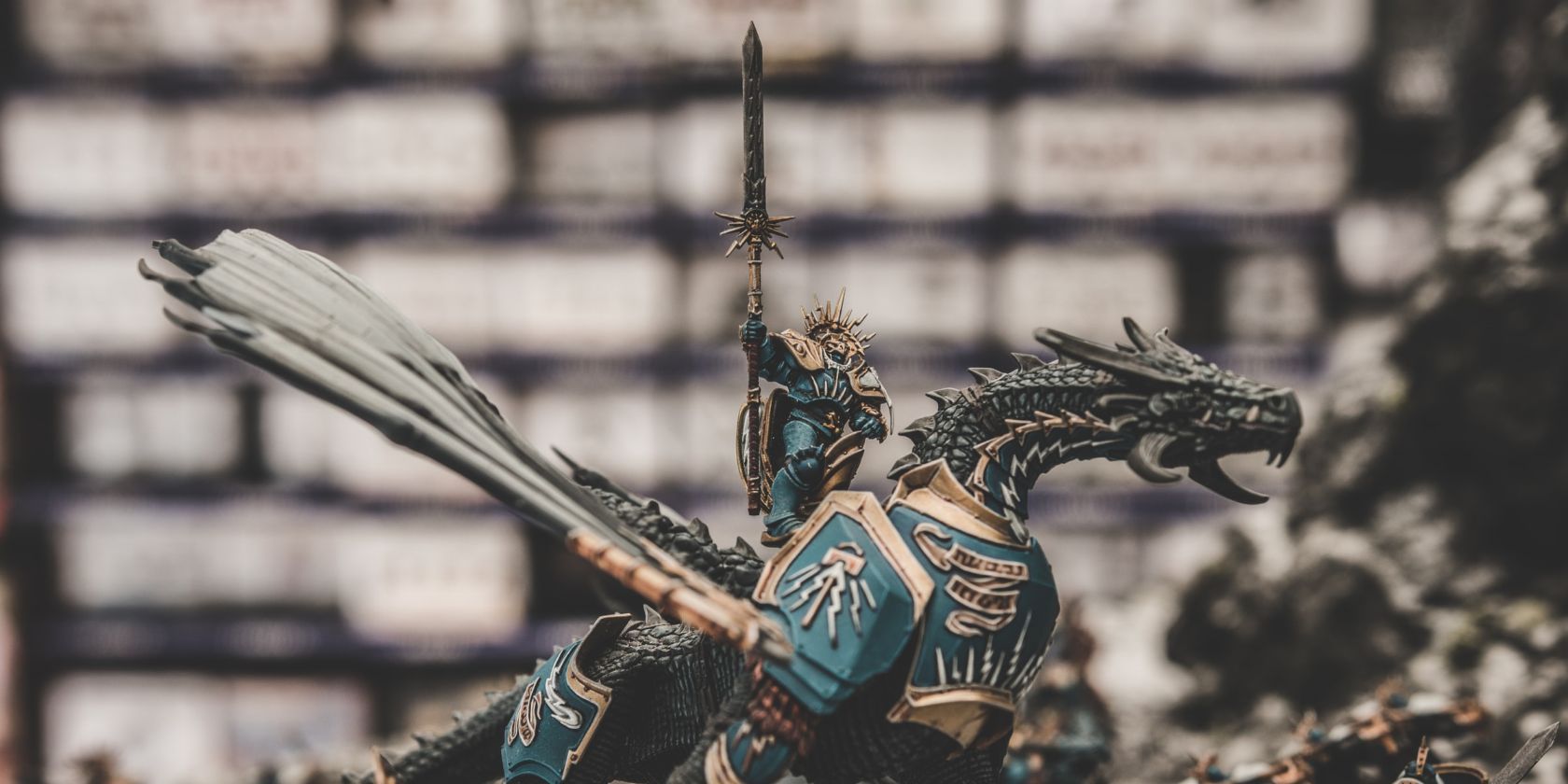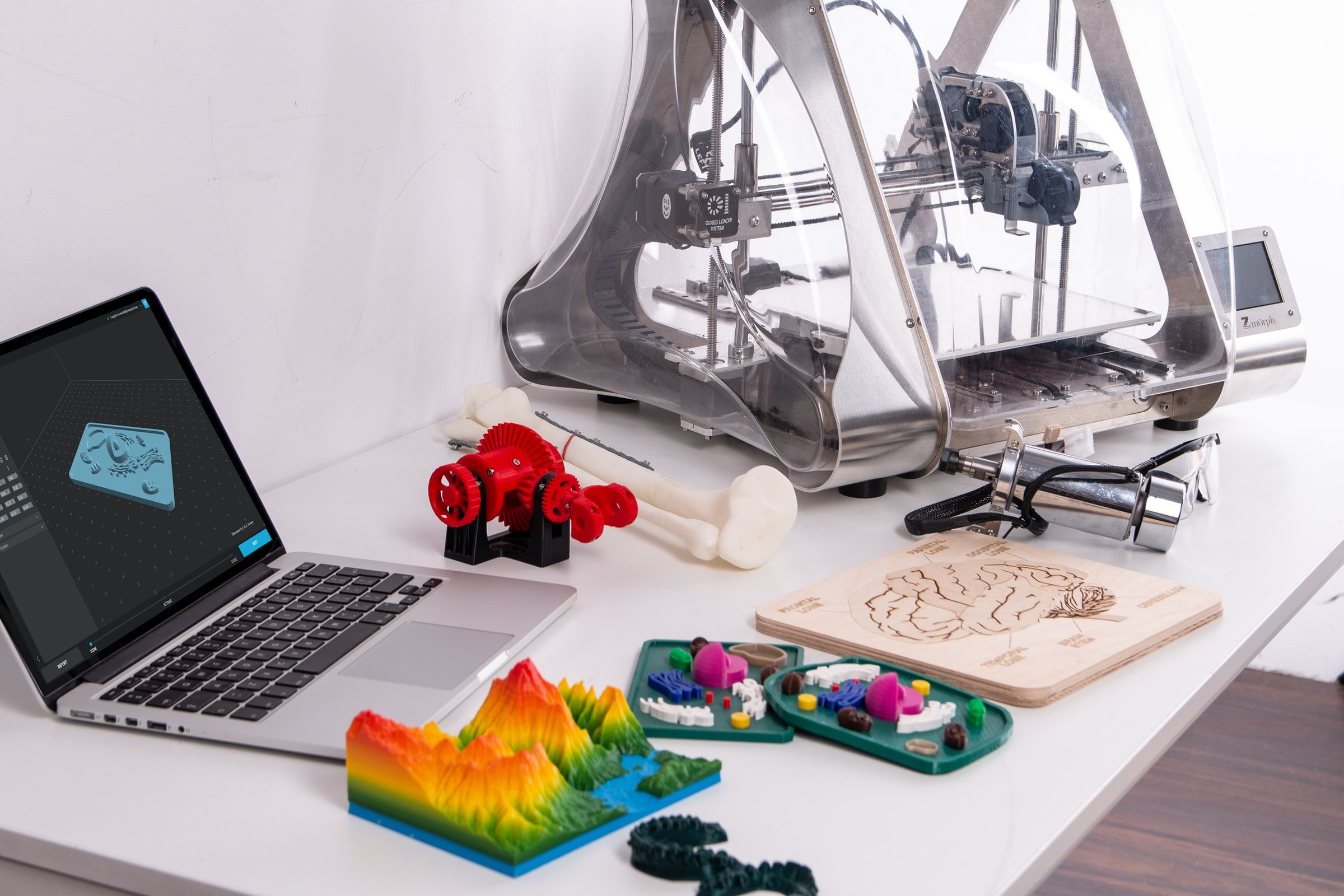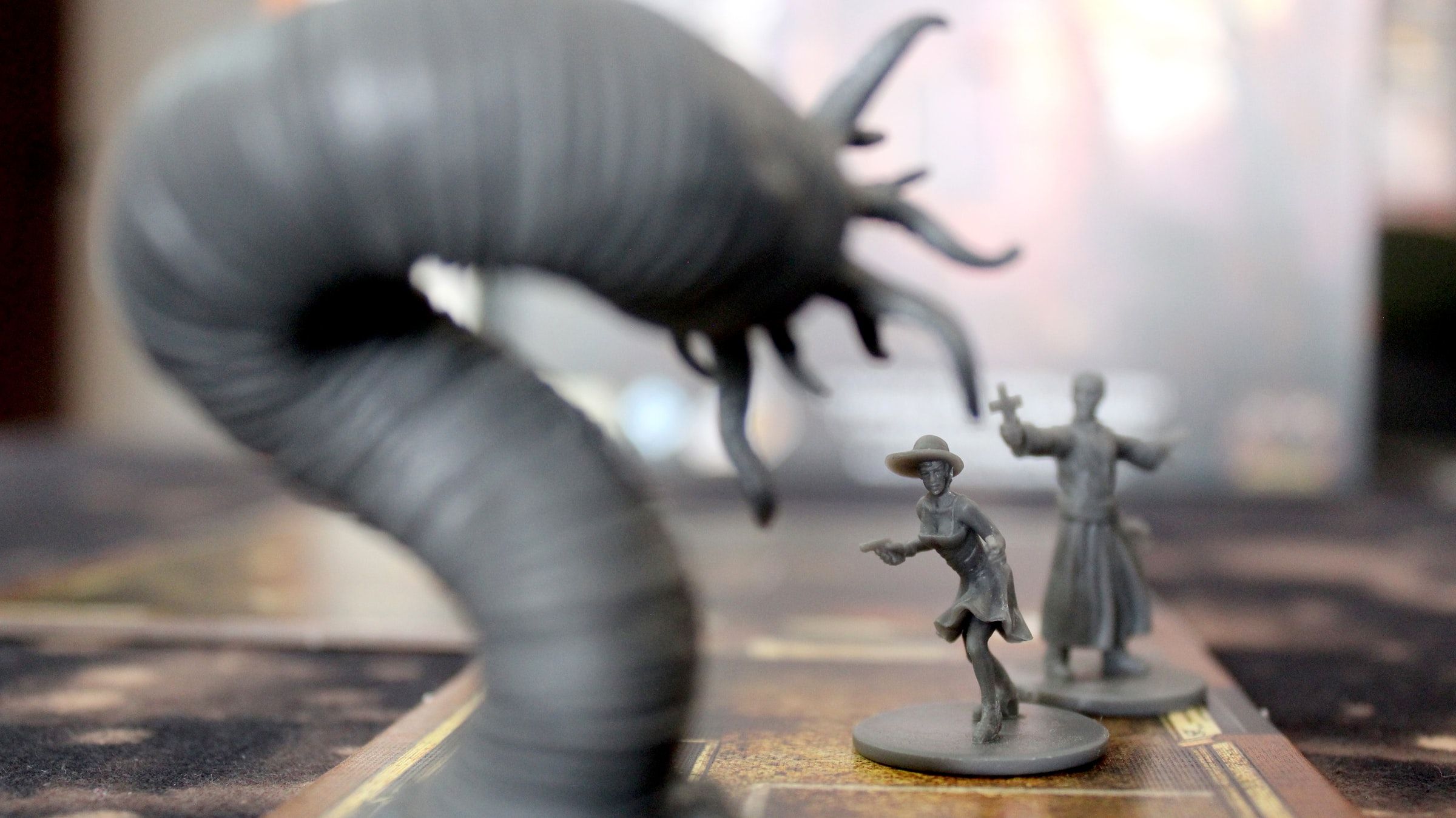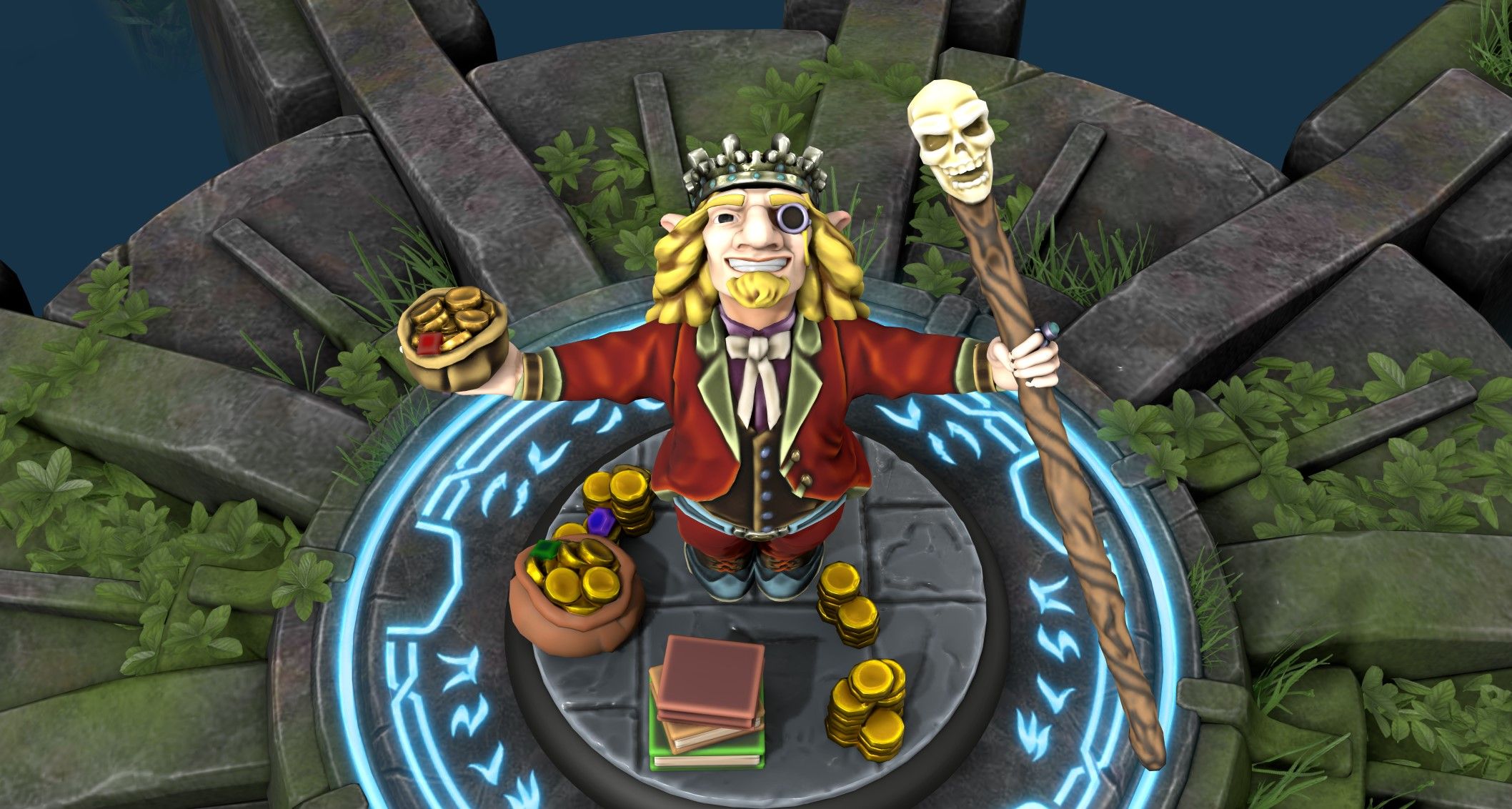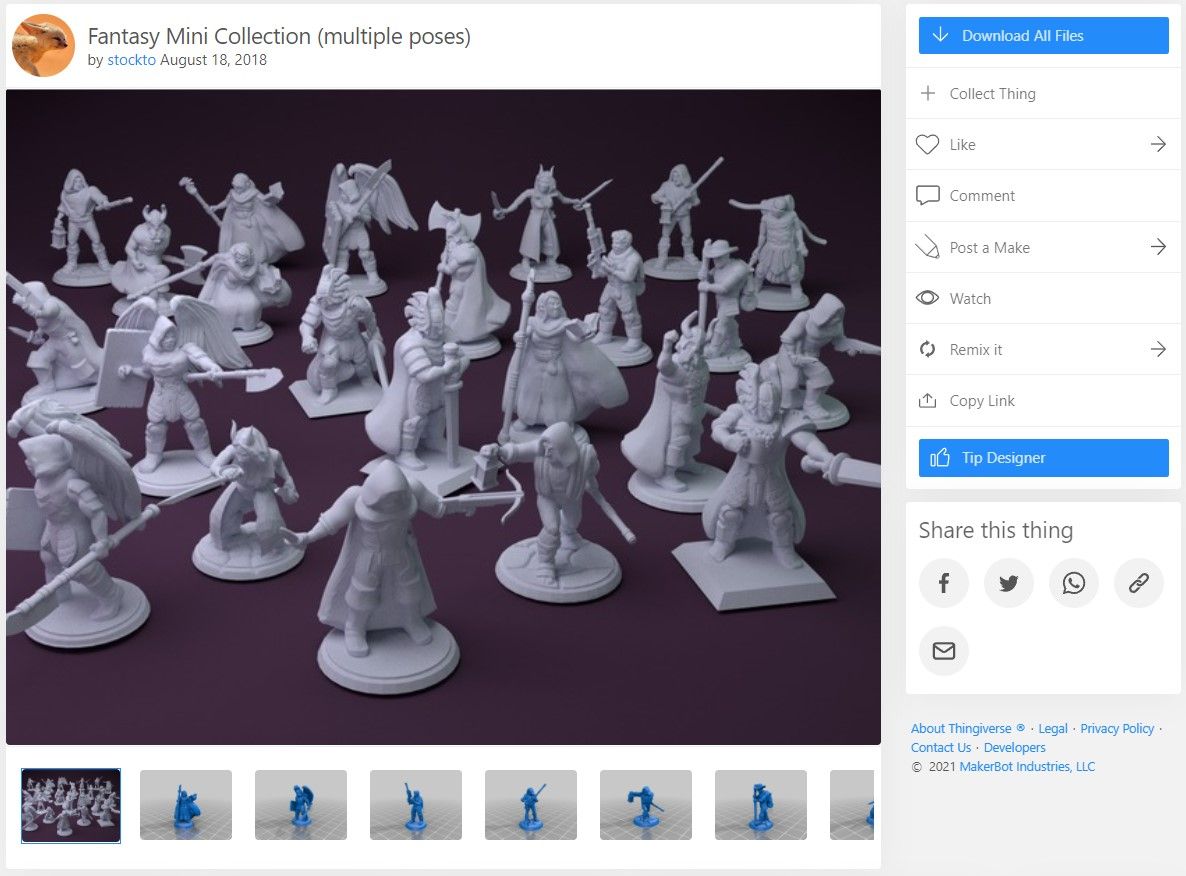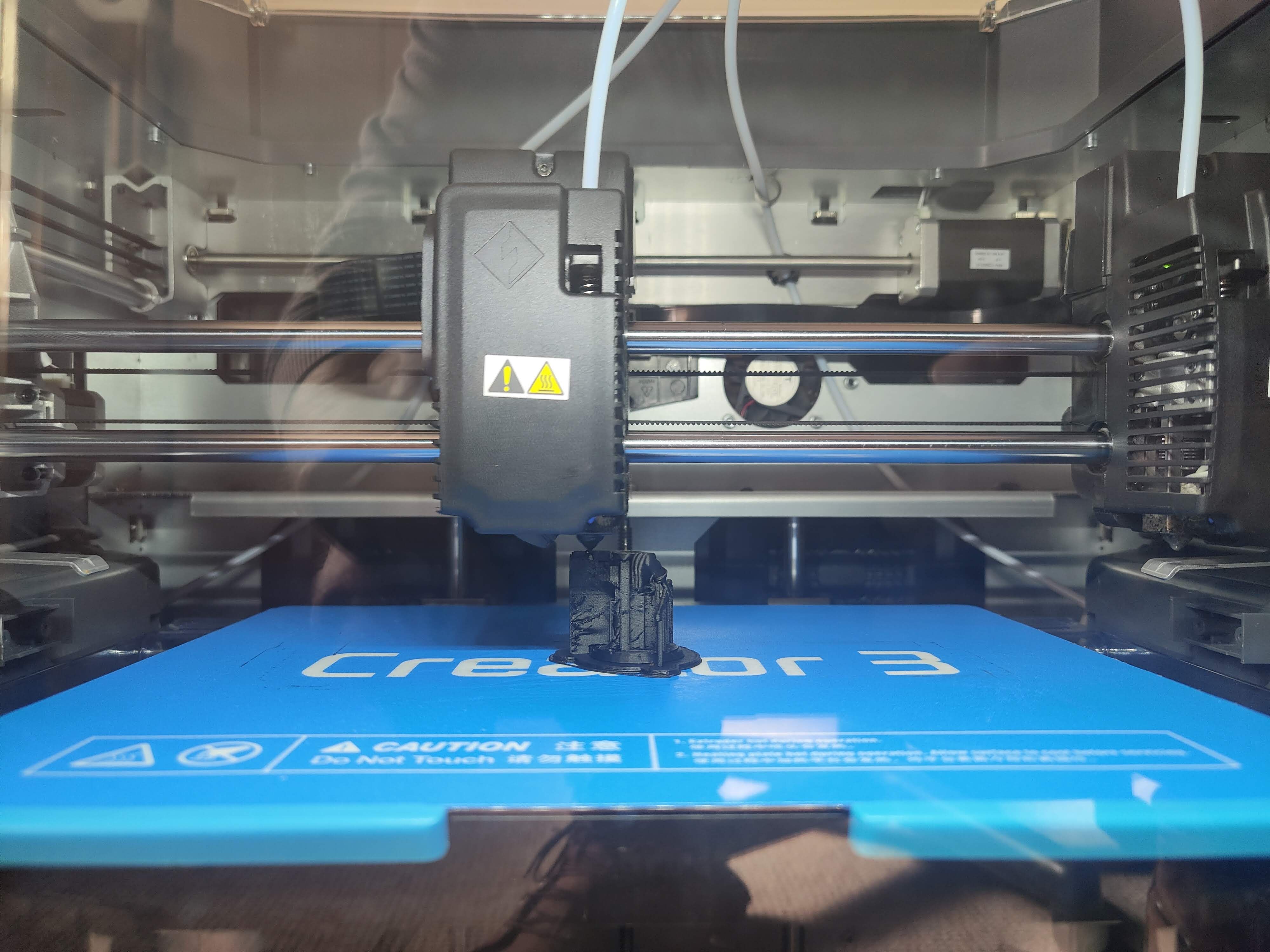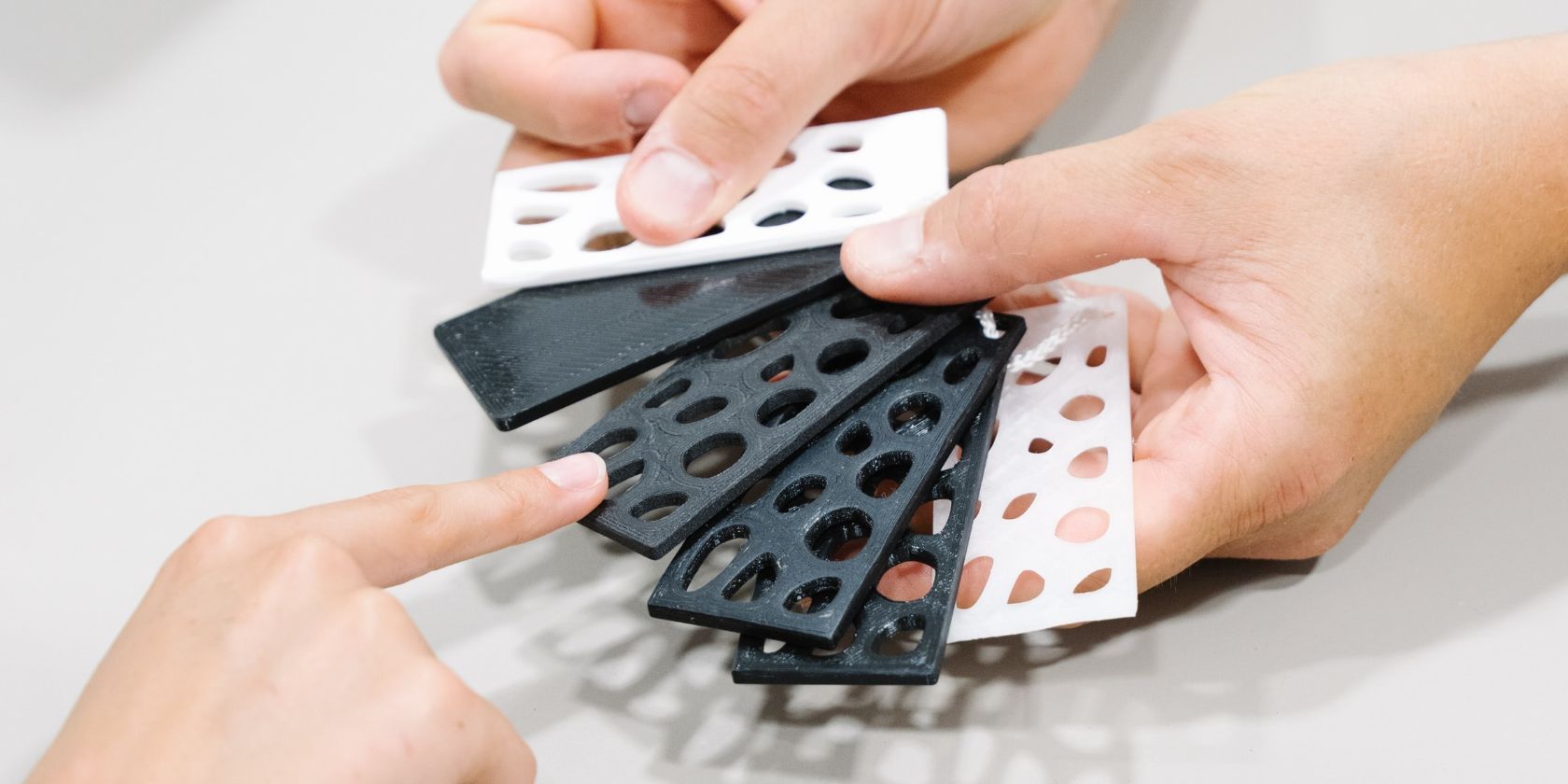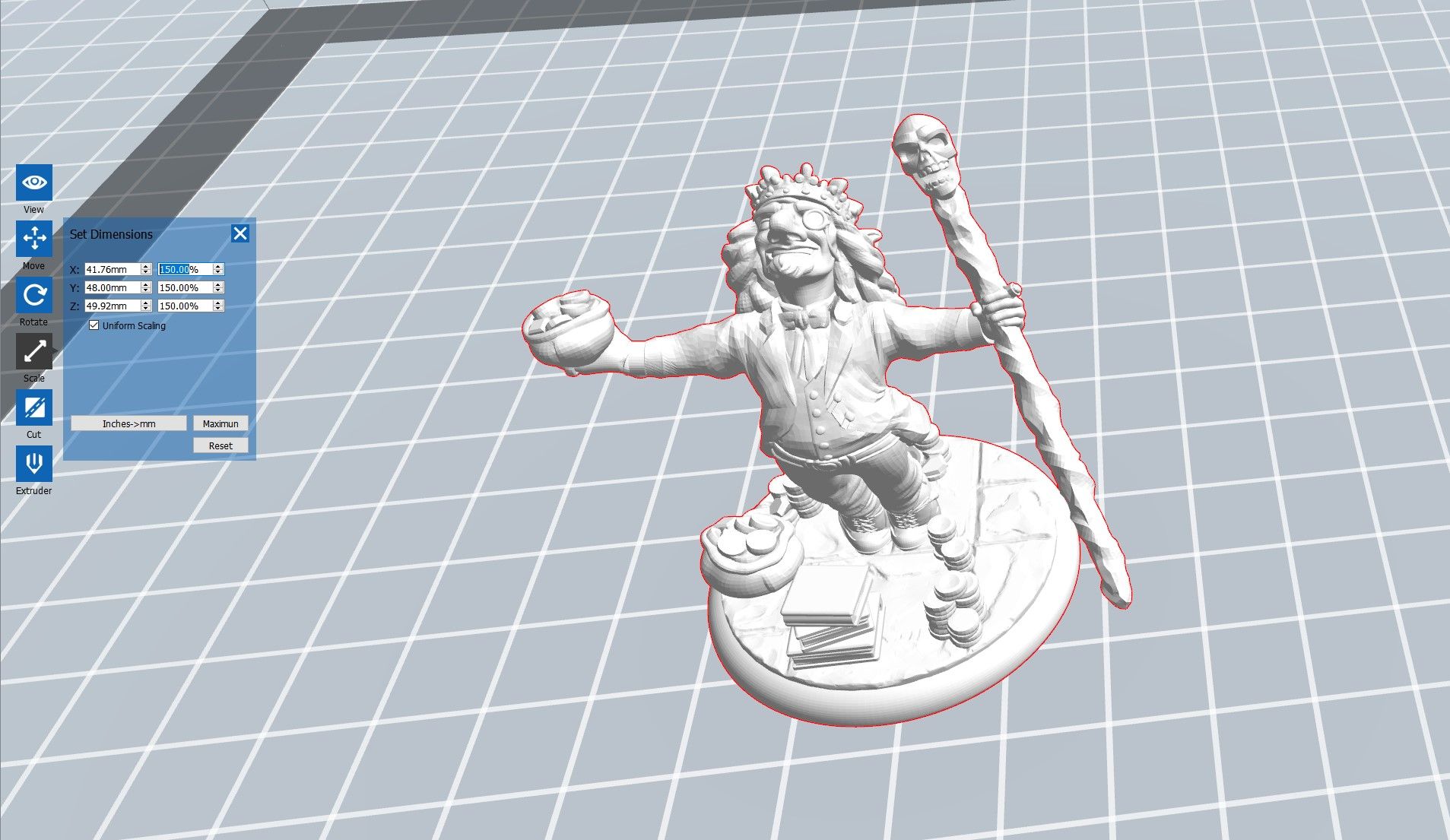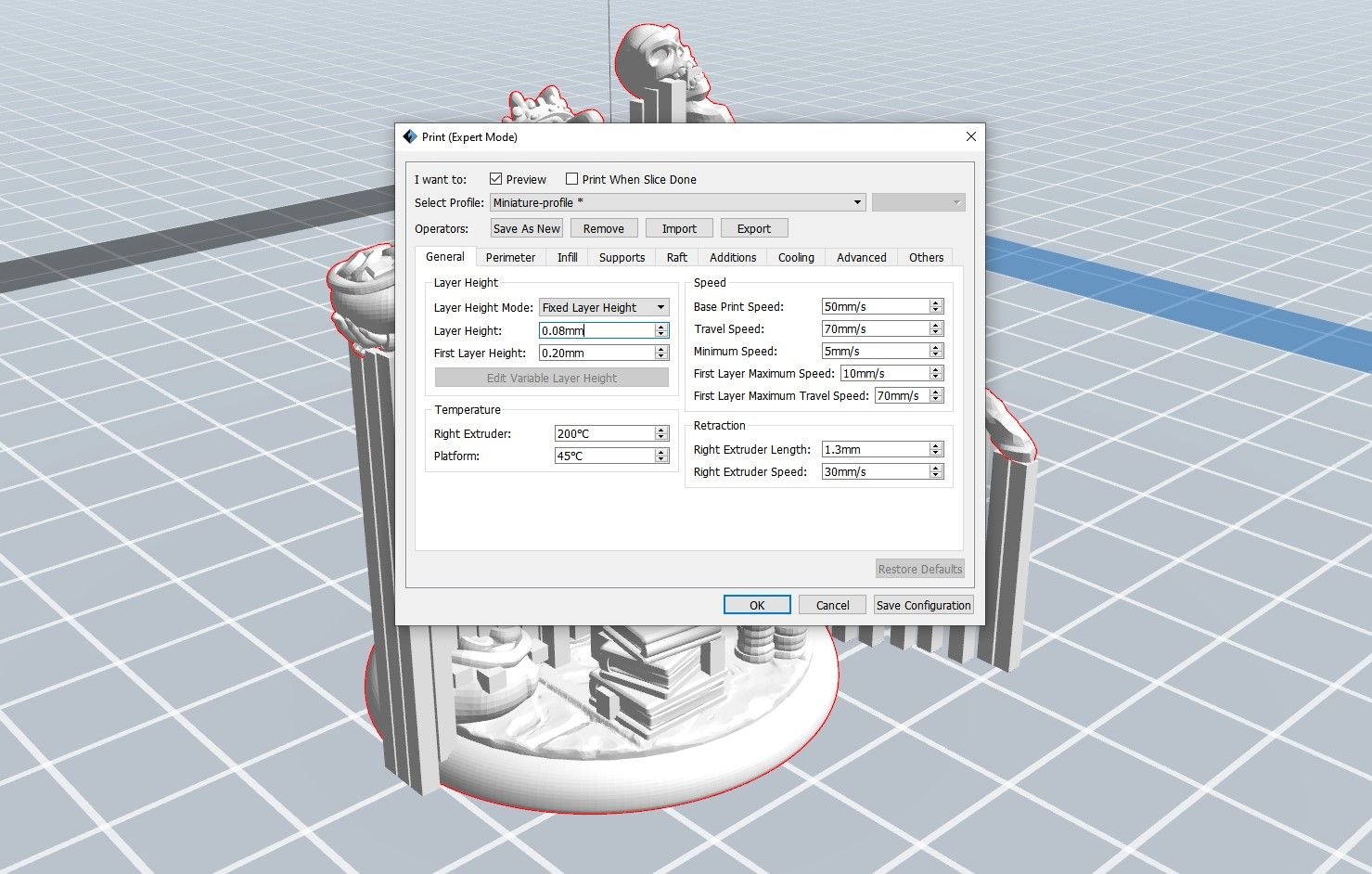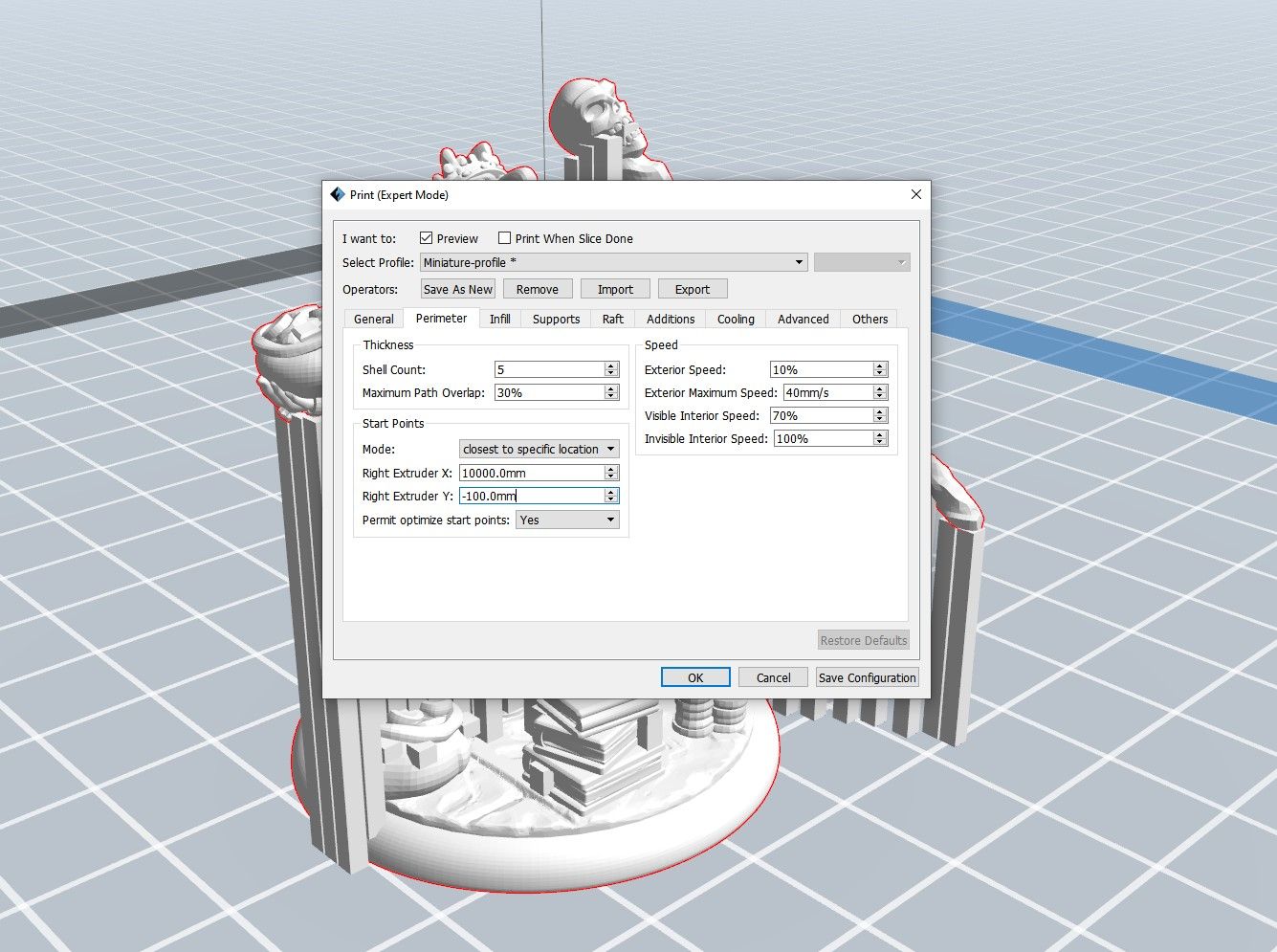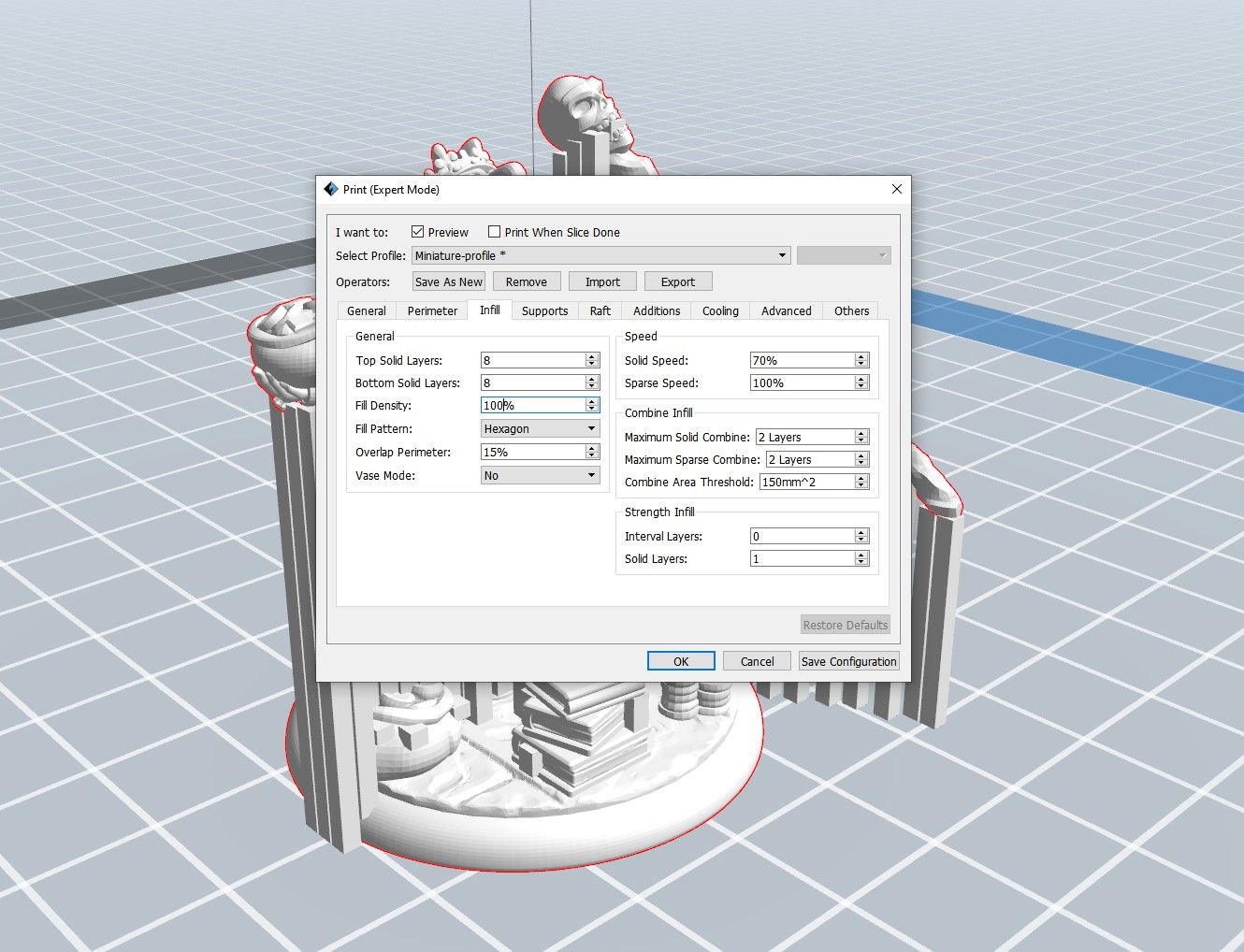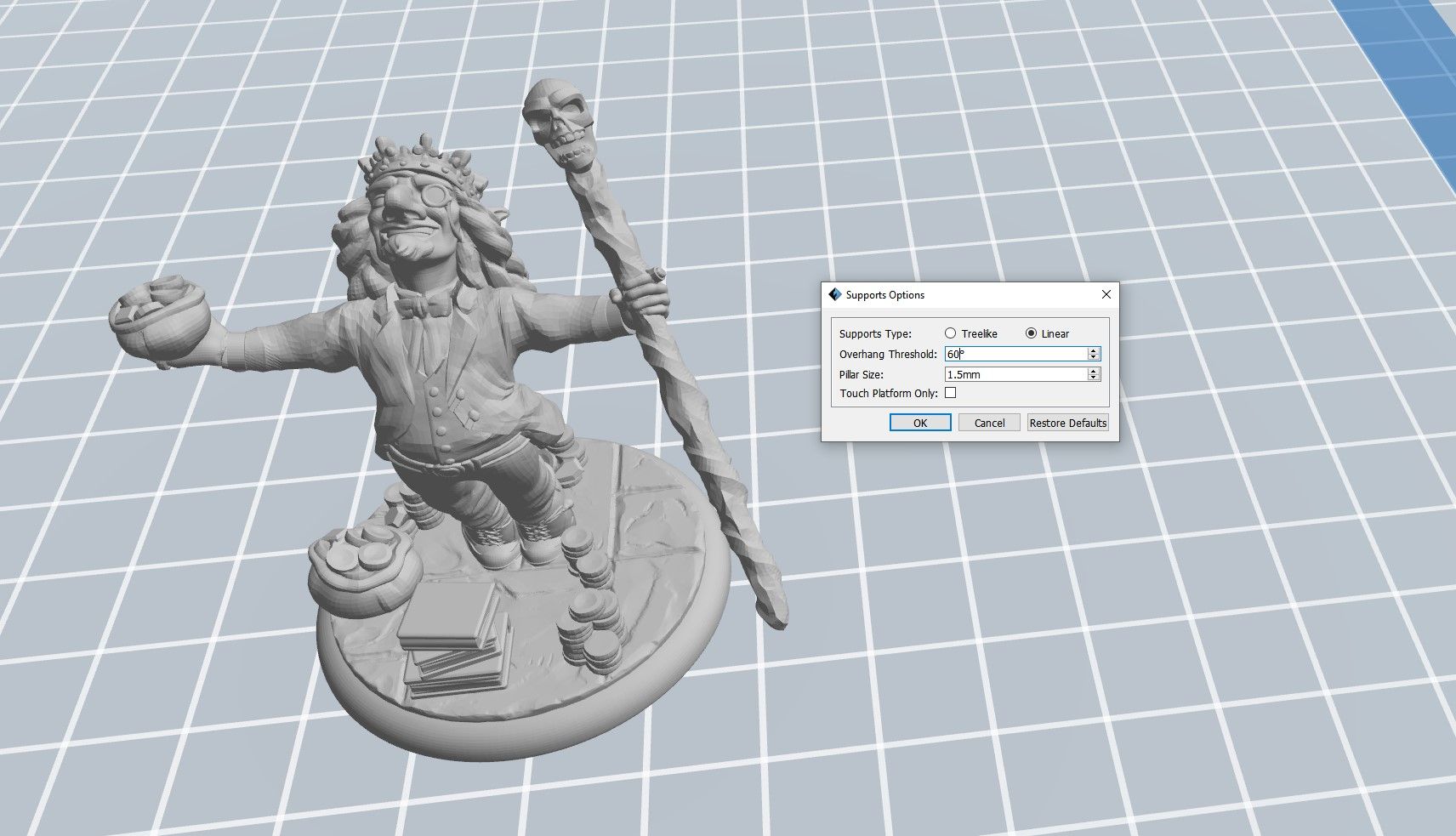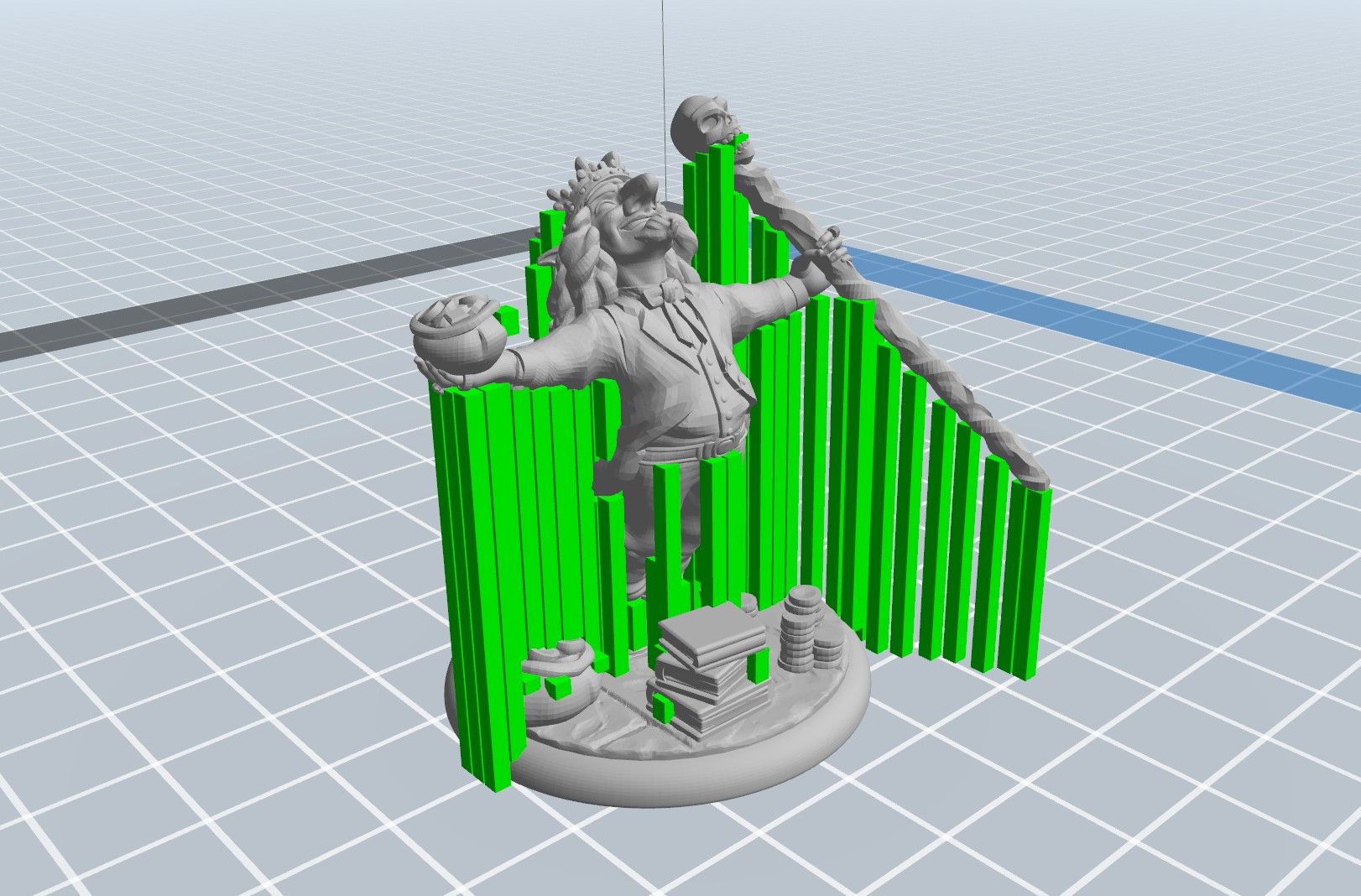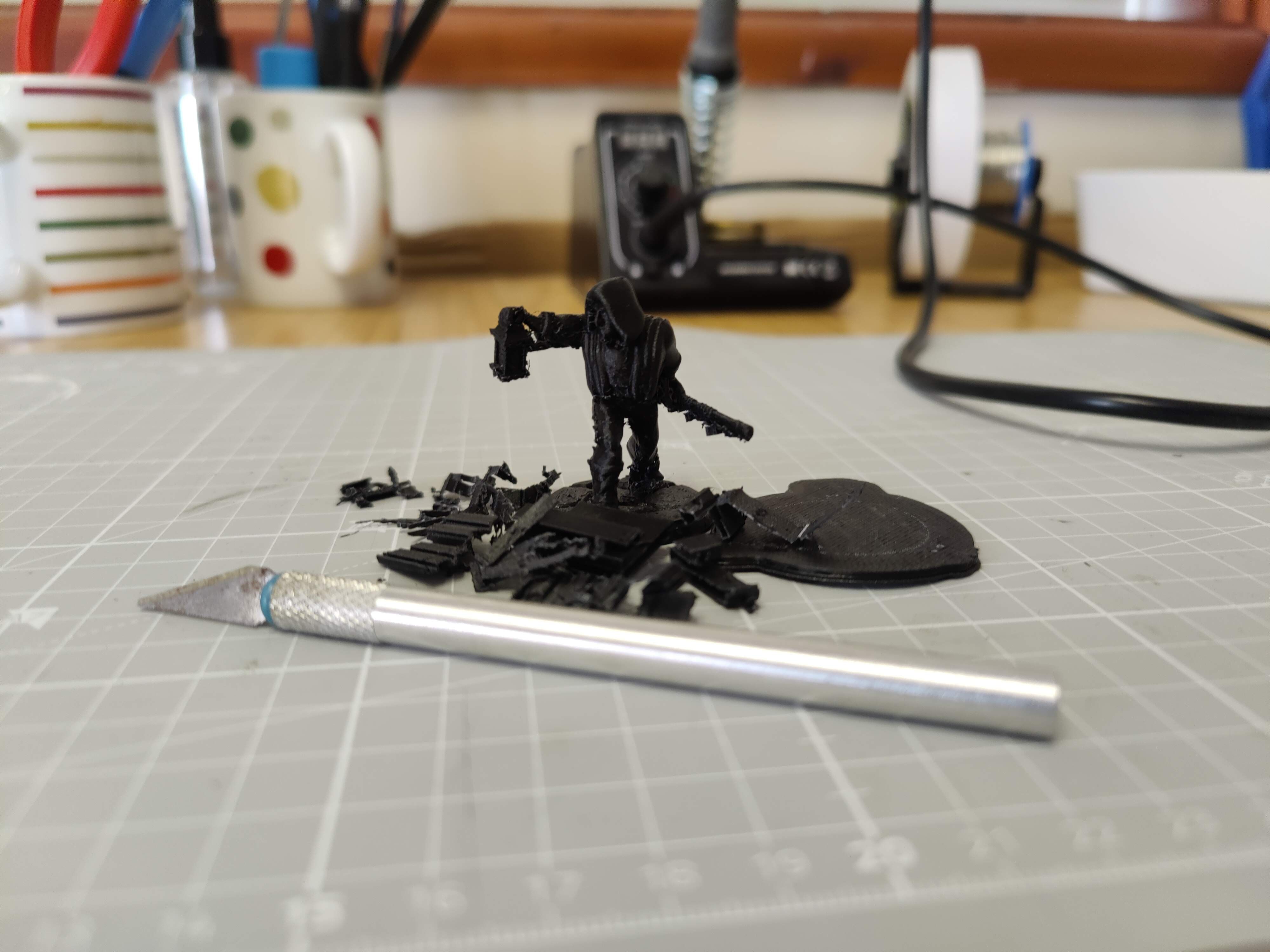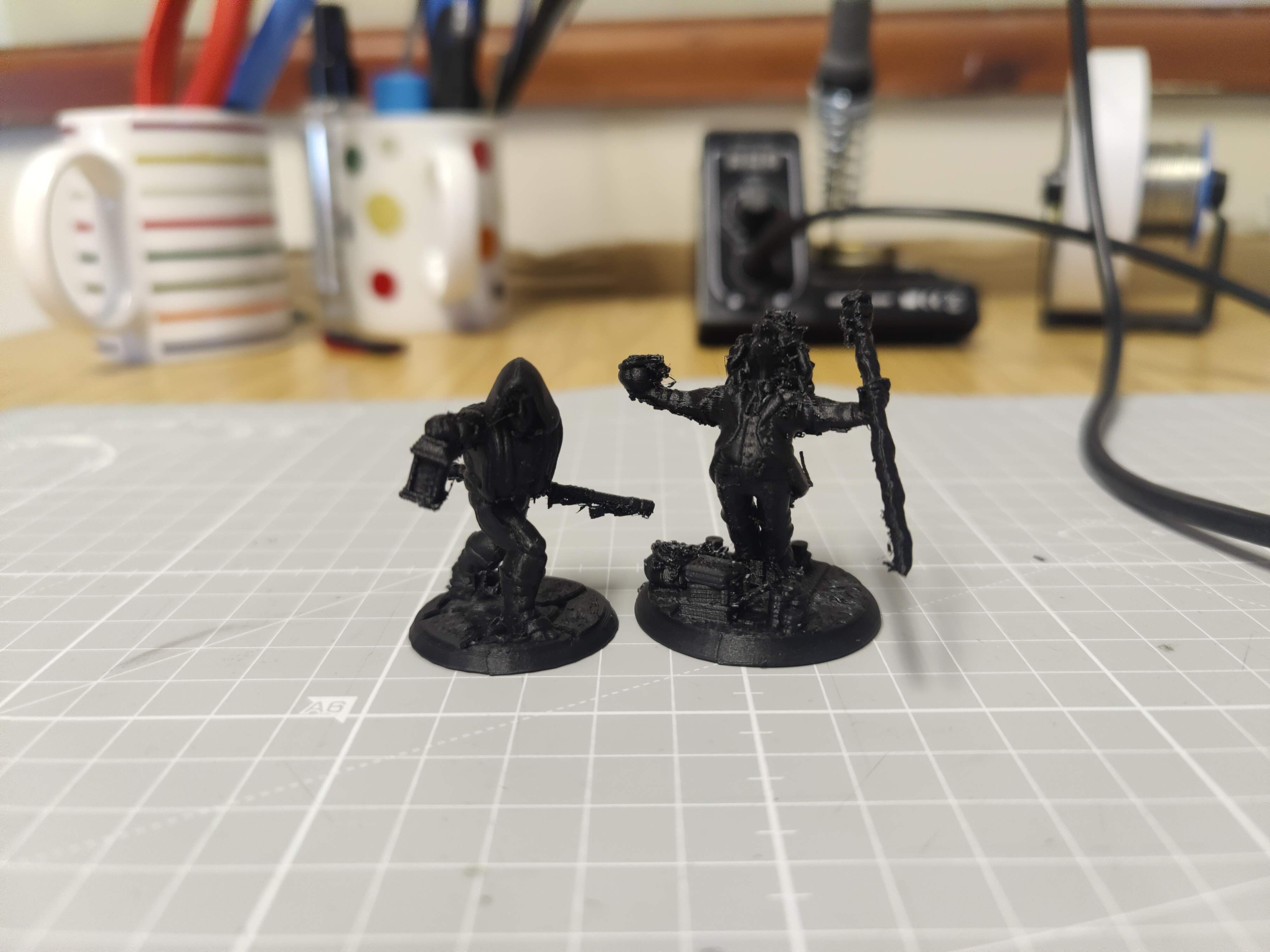Tabletop games like D&D and Warhammer provide a great way to enjoy interactive entertainment without any need for a computer or console.
Miniatures are a big element of this sort of game, but who wants to spend their time playing with figurines that other people have designed? Not us! And this is why we have scoured the web to bring you the very best sources for 3D printable miniatures, along with compiling some instructions to help you to print your designs on an FDM printer.
Let’s dive right in.
What Is FDM Printing and Why Is It Harder for Miniatures?
Before we look at the sources and printing options you will be using, you need to understand why FDM printers are typically avoided for miniatures. FDM stands for fused deposition modeling. Printers using this technology lay melted plastic out by moving a print head around above a plate, with each layer adding height.
What Is SLA Printing?
SLA stands for stereolithography apparatus. Rather than using heated plastic to create models, an SLA printer uses a mix of liquid resin and light to create prints. The resin cures when the light strikes it, enabling SLA printers to produce incredibly high-resolution models.
Why Is FDM Printing Harder for Miniatures?
FDM printing makes life harder for those who want to make miniatures, and this is because nozzles can only get so small before they become impossible to use. This means that FDM printers simply can’t print at the same resolution as an SLA printer. No matter, though, as we’re going to show you how to get great results from your tabletop miniature making.
Designing and Finding Printable Miniatures
With that out of the way, it’s time to get into the fun stuff. You have two choices when you are looking for printable 3D models of miniatures: paid models and free models. Going down the paid route will give you the chance to customize your miniature, while choosing free models comes with the somewhat obvious benefit of costing nothing.
Using paid models for your main characters and free ones for generic monsters can be a good way to approach this, giving you the chance to save some money without compromising on the miniature you will be using the most.
Buying Printable Miniatures
Games like D&D and Warhammer have seen a significant rise in popularity over the last few years. This has prompted a range of platforms to be built that give you the chance to design your own miniatures and download an STL file to print them out. Let’s take a look at a couple of these options.
- Hero Forge: Hero Forge makes it possible to create detailed custom miniatures with a range of races that are found in games like D&D and Warhammer. This includes races like Gnomes, Humans, and Elves, along with countless other options. Alongside this, you have a wealth of options when it comes to items, outfits, and other customization for your miniature. The handsome chap in the image above was created using this app.
- Eldrich Foundry: Much like Hero Forge, Eldrich Foundry gives you access to loads of customization options for your miniature. This website doesn’t come with as many race options as Hero Forge, but it is also cheaper to buy your 3D model. Other than that, the process is very similar to Hero Forge.
Both of these platforms give you the chance to buy your miniature as a 3D model, but they also allow you to pay for it to be printed and even painted for you. If you want to print the design yourself, you need to make sure that you choose the option for an STL file, as this is what you will use to print the miniatures.
Free Printable Miniatures
From entire Orcish armies to a single Elven Mage, you can find just about any class, race, and civilization available for download for free when you’re searching for miniatures. Like buying your models, there are a few places to look when you are hunting for freebies.
- Thingiverse: Thingiverse is a very popular website for 3D model sharing. All of the models on this website are free for personal use, and this means that you can download any of them and get printing. We found this awesome Fantasy Mini Collection and printed the old_man_lantern_out.stl file; he looks sneaky and we like it.
- CGTrader: CGTrader is a 3D model sharing platform that goes beyond 3D printing. This means that you have to be careful when looking for models, as not all of them will come in the right formats. Alongside this, some of the models on CGTrader are premium and have to be paid for before you can use them.
Whichever route you choose to find your 3D printable miniatures, it’s important to make sure that you take the right steps during printing to get the best results.
Using an FDM Printer to Print Tabletop Miniatures
As mentioned above, FDM 3D printers aren’t ideal for printing miniatures. While many of the FDM printers on the market are able to print at very high resolutions, they simply can’t match an SLA printer for this job.
This doesn’t mean that you can't print your miniatures on the FDM 3D printer you have at home, though. You just have to be willing to make a compromise or two along the way. Join us as we explore all of the most important settings you need to consider when you’re preparing to print your miniatures.
It is worth noting that all 3D printers are different. We are using a FlashForge Creator 3 for our models, and this means that you may need to tweak these settings for the best results.
Model Material
While you can use whatever material you like for your model, we would recommend that you stick with PLA. ABS warps very easily, PETG can be hard to extrude properly, and no material is quite as easy as PLA. Of course, you could consider using soluble materials like PVA for your supports.
Model Size
It’s likely that you will need to make your model larger to print it in full detail. This will be a compromise that some are not willing to make, but we find that increasing the scale to 150% provides good results with our print settings.
General Print Settings
Print speed, layer height, temperature, and retraction are all very important settings to consider. Your layers need to be fine enough to capture the detail in your print, while the speed needs to be nice and slow to avoid artifacts. You can see the general print settings we have used in the screenshot above. Of course, you will need to change your temperature and retraction settings to match the material you are printing with.
Perimeter Settings
Perimeter settings dictate how your 3D printer will handle the outer walls of your print. We set our exterior print speed to 10%, making the printer move much slower as it works on the outside of the mode. You can see our other perimeter settings in the screenshot above.
Infill Settings
Now, this next printer setting is something that you can play with to adjust your print time. We went with a 100% infill for our models, giving them a solid feel and making them a little bit heavier. You can take this down to as low as 10% and still get good results, but it will always impact the feel of your model.
Supports & Support Settings
There is a lot of debate when it comes to the best supports for miniatures. While many people swear by treelike supports, we have chosen to use traditional linear ones for our models. We set the Overhang Threshold to 60% and the Pillar Thickness to 1.5mm. This provides good results, with supports that are nice and easy to remove.
Printing & Finishing Your Miniature
With all of these settings in place, it will finally be time to print your miniature. The model we bought from Hero Forge took 3.5 hours to print with the settings you can see above, while the free model we found on Thingiverse only took 1.5 hours. It’s never worth rushing a print like this.
Removing Supports
Removing the supports from your miniature can be a challenge. You need to be very careful to avoid snapping small pieces as you work to take the supports away, and a small craft knife can make this much easier.
Sanding & Painting
Most people won’t want their model to remain a single color, and this means that you may want to look at sanding and painting your miniature. There are loads of guides around the web to help with this. You can use the same acrylic paint and primer as you would use with genuine Warhammer figures for this.
Playing With Your New Miniatures
For the cost of a 3D model and the small amount of filament you will use, this project offers a great-value alternative to using generic miniatures for your tabletop games. You don’t have to stop with one miniature, though: you can 3D print an entire army to serve at your whim.

